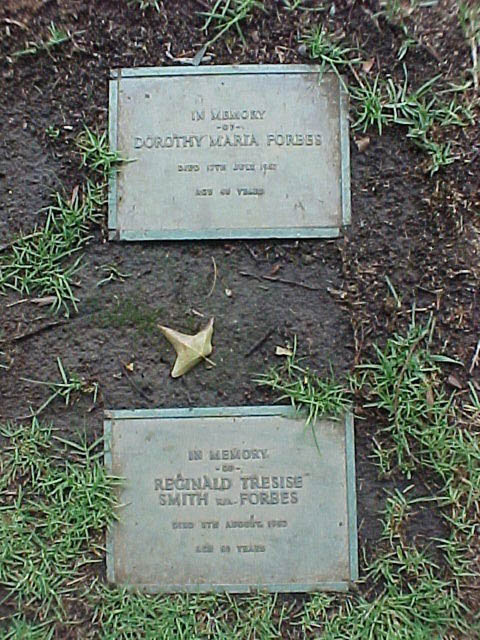

As a result, the population diminished rapidly in the early 1870s. White citizens abandoned the town in favor of Groesbeck or Mexia.

By 1850 the town was growing rapidly and continued to grow through the start of the Civil War.īecause the town was bypassed by the railroad and because of racially-motivated violence following the Civil War, many of the town’s A post office was established that same year, and a city government was organized in 1848 by a legislative act incorporating the The county seat since it was the only town of any size. When Limestone County was formed in 1846, Springfield was made By 1844 the town was again inhabited by immigrants from Illinois and the South. By the spring of 1838, twelve families had settled in the area, but were forced to leave during the summer monthsīecause of Indian hostilities in the area. Of a town to be located at the large spring on the banks of the Navasota River. Springfield became a townsite on January 6, 1838, when Moses Herrin donated 500 acres from his league grant for the “use and benefits It is the only visible reminder of the town of Springfield, the first county seat of Limestone County. Is located about 0.5 mile from the park entrance on Park Road 28.
#SPRINGFIEL CEMETERY MARY BUSCH HEERN WINDOWS#
Designed in the English Gothic style, the chapel contains stained glass windows created by the L.C. The Dorcas Chapin Chapel was constructed in 1885 with funds donated by the wife of Chester W. Relocated remains included those of Mary Holyoke, daughter of William Pynchon, known as the founder of Springfield. In 1848 the remains of Springfield's earliest European settlers were transferred to the cemetery from the Old Burying Ground by the Connecticut River.

William Peabody, a local Unitarian minister. The first burial occurred on September 6, 1841, Early in its history the cemetery was also known as ‘Peabody Cemetery’, in recognizer of one of its founders, Rev. The land was purchased from Alexander Bliss on for the purpose of establishing the cemetery. A dingle is a small wooded valley, a dell. The cemetery is located on a plot of land once owned by Martha Ferre and known as ‘Martha’s Dingle’. The Springfield Cemetery was designed in the landscaped tradition of the rural cemetery, evoking a pastoral, garden environment in an urban setting. With the relocation of remains from the city's earliest burying ground, the cemetery became the final resting place for many of Springfield's 17th and 18th century pioneer settlers. The cemetery opened in 1841 and was planned on the model of a rural cemetery.

Springfield Cemetery is located in the Connecticut River Valley city of Springfield, Massachusetts.


 0 kommentar(er)
0 kommentar(er)
